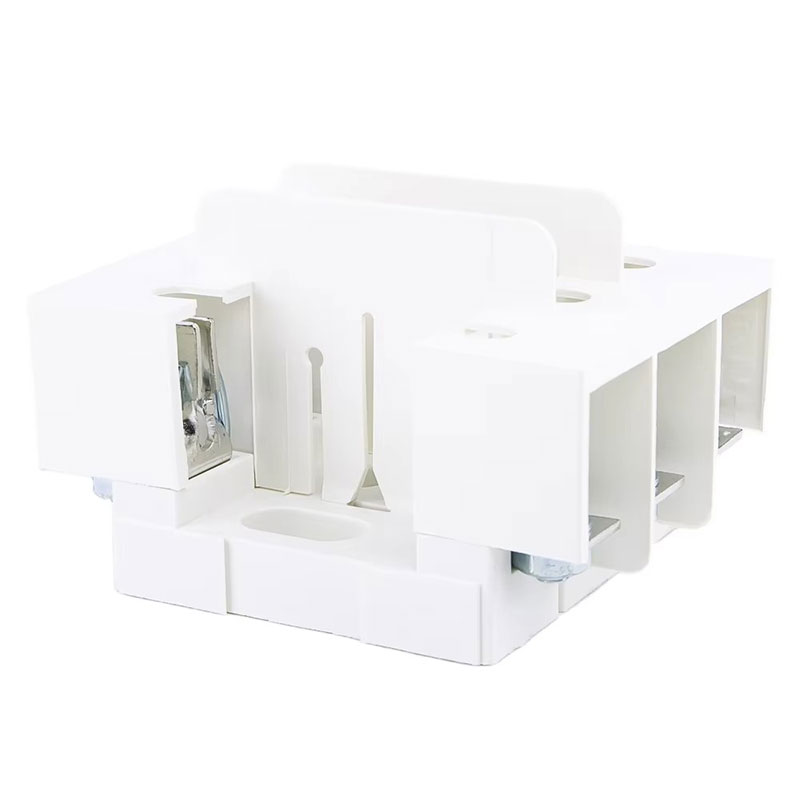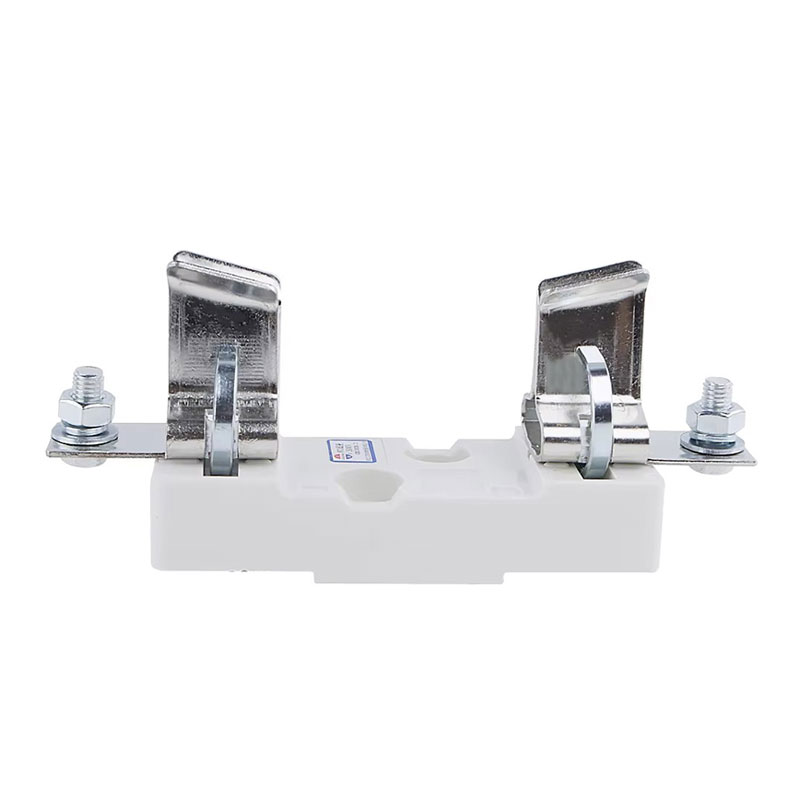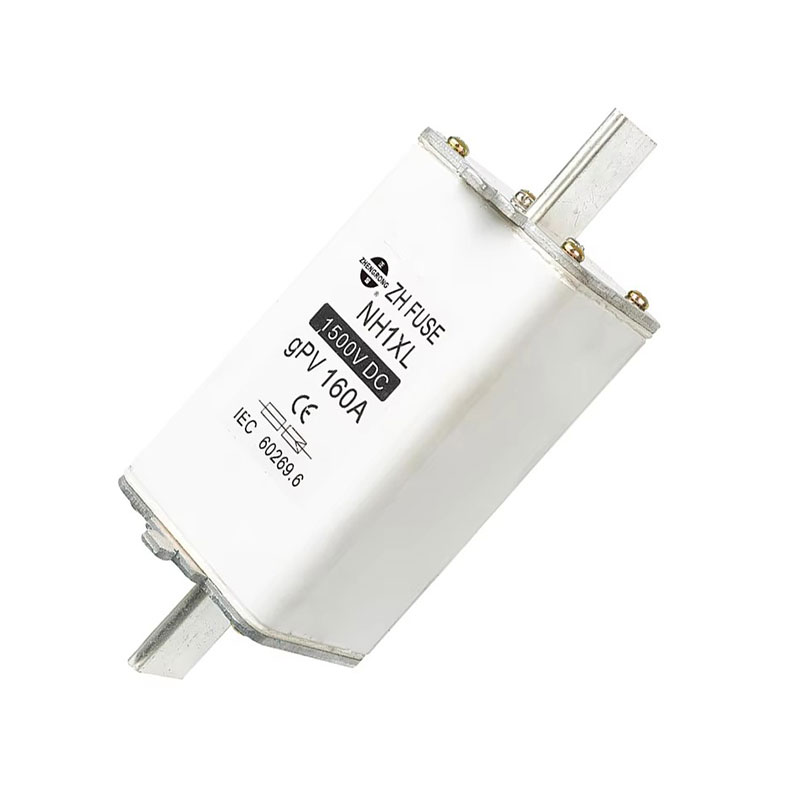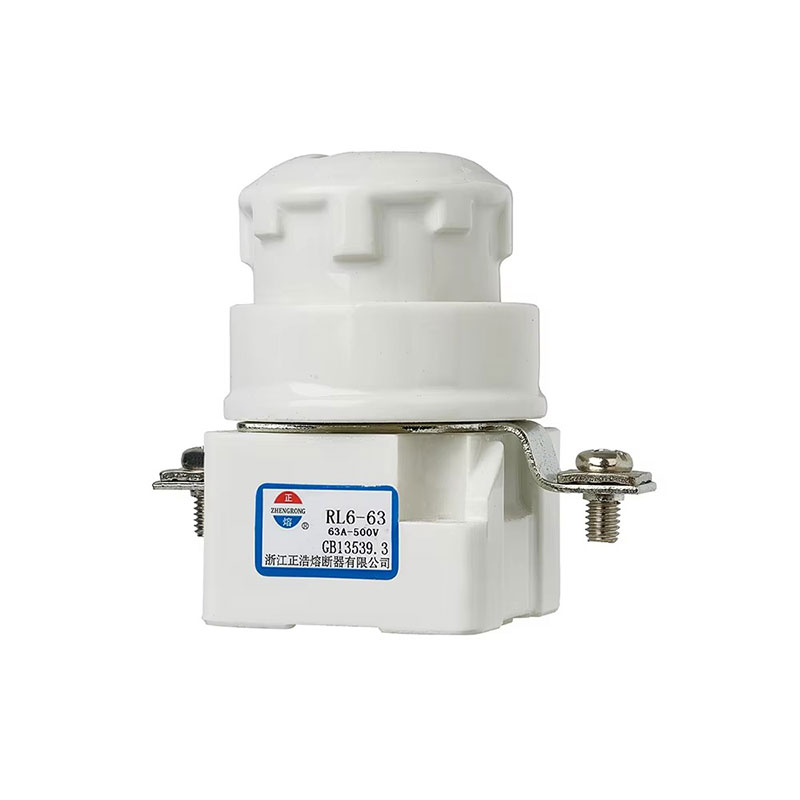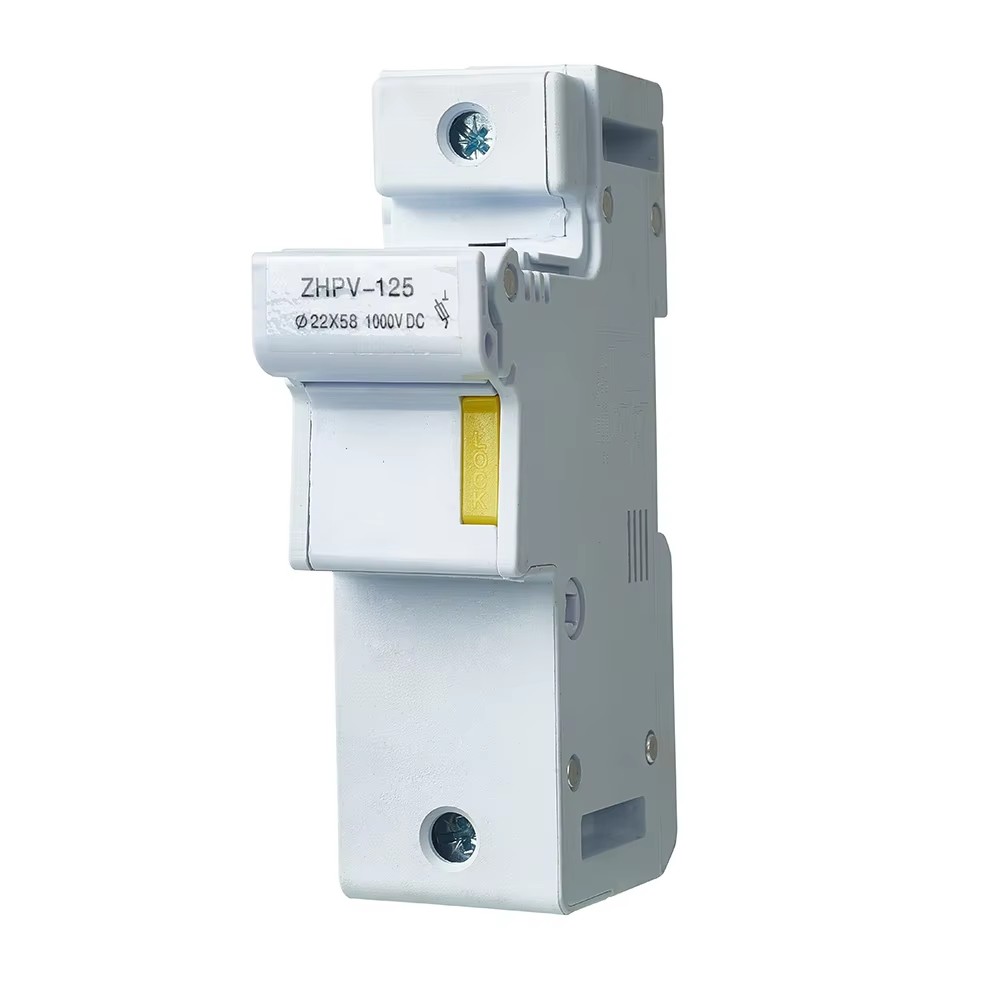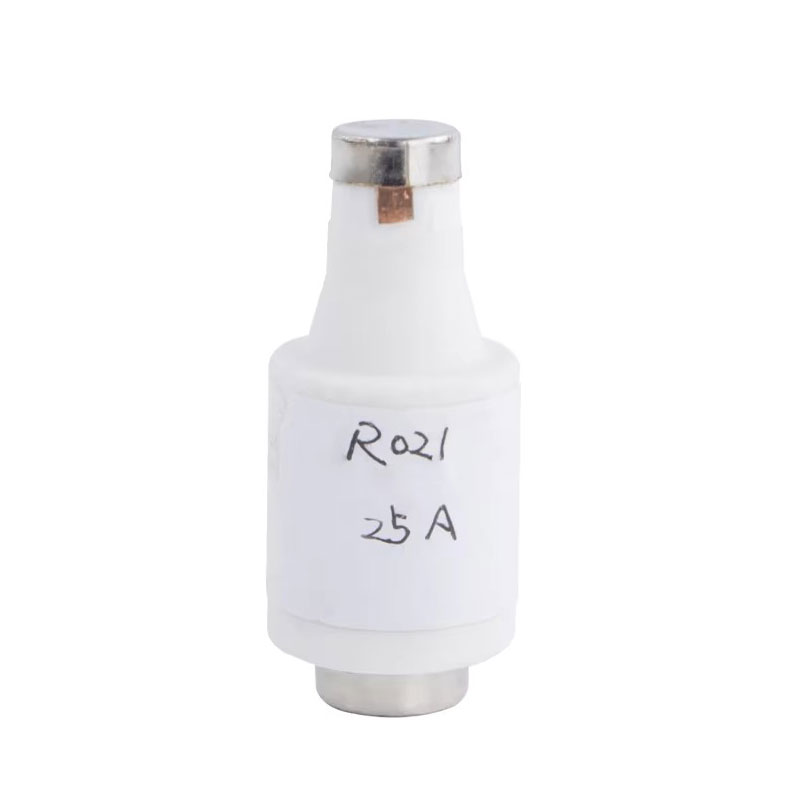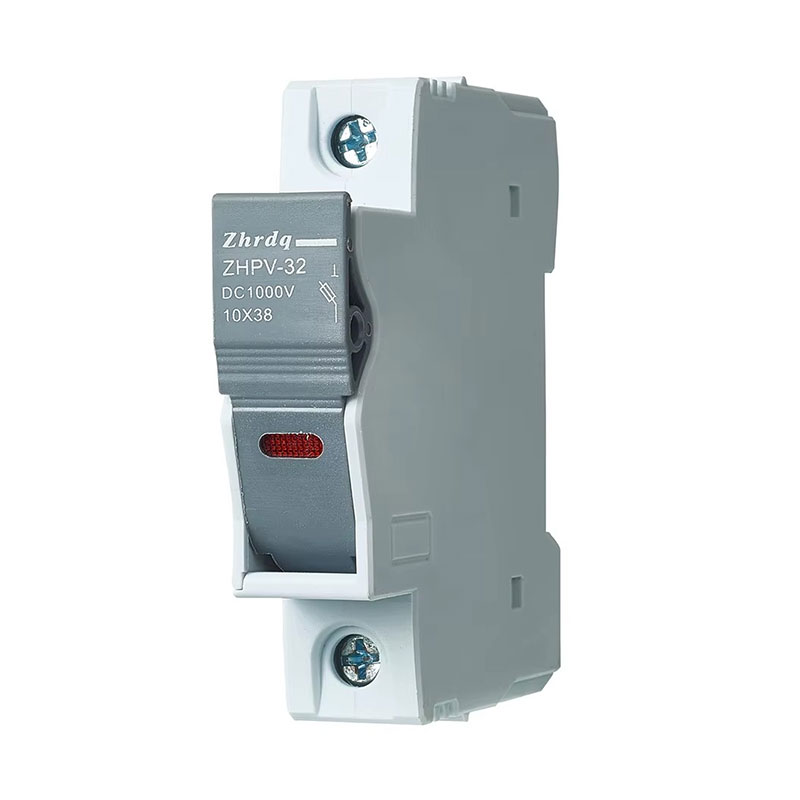How to check if a screw-in fuse is blown
In the daily maintenance of electrical equipment, screw-in fuses are a common circuit protection component, widely used in industrial equipment, power distribution cabinets, household appliances and other scenarios. Correctly judging whether a screw-in fuse is blown can not only quickly troubleshoot the fault, but also effectively avoid electrical safety hazards. This article will introduce you to several simple and practical fuse detection methods in detail to help your equipment operate safely.
1. Determine whether the fuse is blown through the observation window
Screw-in fuses are usually equipped with a transparent observation window for quickly judging the internal state of the fuse. Under normal conditions, the metal sheet or fuse in the window remains intact and presents a silvery white or metallic luster.
Once a fuse is blown, the observation window may show the following changes:
The metal indicator falls off or breaks
The observation window turns black, yellow or shows signs of ablation
Some models of fuses will pop up red dots or other warning signs
This method is simple and intuitive, and is a common way to initially judge the state of a screw-in fuse.
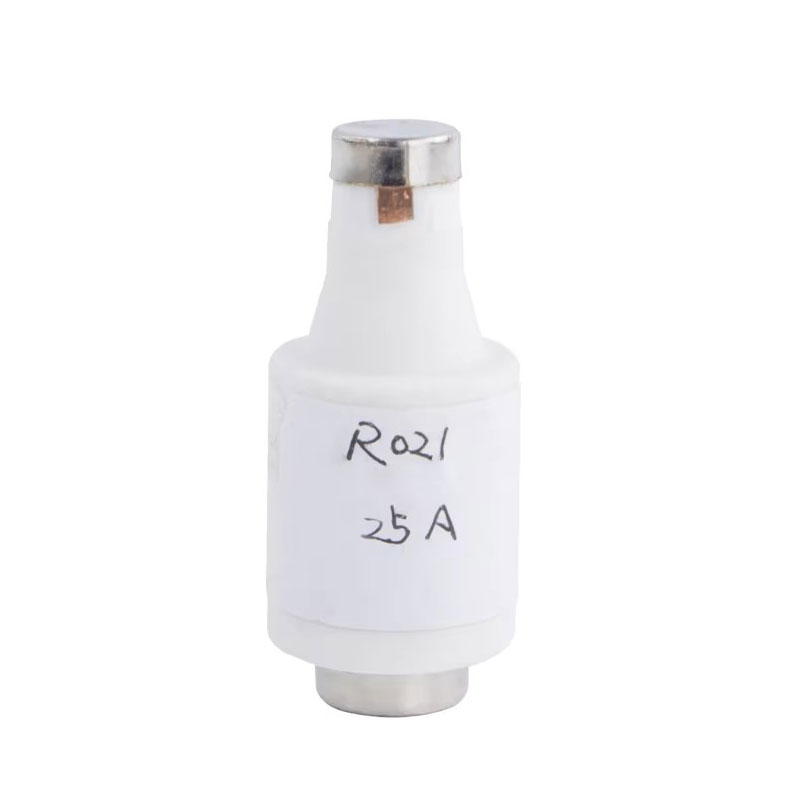
2. Use a multimeter to detect resistance and determine the blown state
When visual inspection cannot clearly determine the fuse state, you can use a multimeter to detect the fuse resistance. The operation method is as follows:
1. Set the multimeter to the resistance range (Ω)
2. After power off, remove the fuse
3. Touch the test leads to the two ends of the fuse
The judgment basis is as follows:
If the reading is close to zero, it means that the fuse is not blown and the circuit is conducting normally
If the display is infinite or "OL", it means that the fuse is open and confirmed to be blown
This method is highly accurate and is a standard detection method for determining whether the screw-in fuse is blown or not.
3. Check the contact condition of the fuse base
In some cases, even if the fuse itself is intact, poor contact of the base contact may cause the device to fail to power normally. It is recommended to check the following aspects:
Whether the base has signs of oxidation, rust or carbonization
Whether the screw-in interface is tight and secure
Whether the installation surface is clean and free of impurities
If there is poor contact, the accessories should be cleaned or replaced in time to ensure that the current is unimpeded.
4. Pay attention to the matching of model specifications when replacing fuses
When replacing fuses, be sure to choose a model that is completely consistent with the original current value, voltage level, and response time type. Do not increase the rated current at will to avoid protection failure leading to equipment damage or safety accidents.
It is recommended to give priority to certified products produced by well-known brands, record the frequency of equipment failures, and keep maintenance records.
5. Analyze the cause of fuse blowing to prevent repeated failures
Determining that the fuse is blown is only the first step in dealing with the problem. What is more important is to analyze the reasons behind it. Common factors that cause fuses to blow include:
Sudden current shock or overload operation
Cable short circuit or aging of internal components of the equipment
Unreasonable electrical layout or external environmental interference
It is recommended to conduct a comprehensive investigation based on the equipment operating environment, electrical drawings and power load. Install protective devices or upgrade the fuse configuration in time for circuit parts with hidden dangers.
Regularly test screw-in fuses to improve equipment operation safety
Mastering the method of judging whether the screw-in fuse is blown is a basic link to ensure the safe operation of the electrical system. By combining observation, detection and analysis, not only can faults be quickly eliminated, but also the risk of equipment damage and downtime can be reduced from the source.
Whether it is an industrial system or daily electrical application, it is recommended to check the fuse status regularly and manage spare parts to ensure that the system is always in a safe and reliable working state.
If you are looking for high-quality fuse products or electrical protection solutions, we welcome you to contact us at any time. We will provide you with professional product support and technical consulting services.
- Why Your Solar Array's Safety Hinges on Choosing the Right Photovoltaic DC Fuse
- What Makes Float Switches the Key to Smarter and Safer Liquid Level Control in Modern Industries?
- How Does a Cylindrical Fuse Protect Electrical Systems?
- Why Cylindrical Fuses Are the Core of Modern Electrical Protection Systems?
- Why Choose a Screw Type Fuse Over Other Fuse Types
- Constantly having circuit protection issues?



